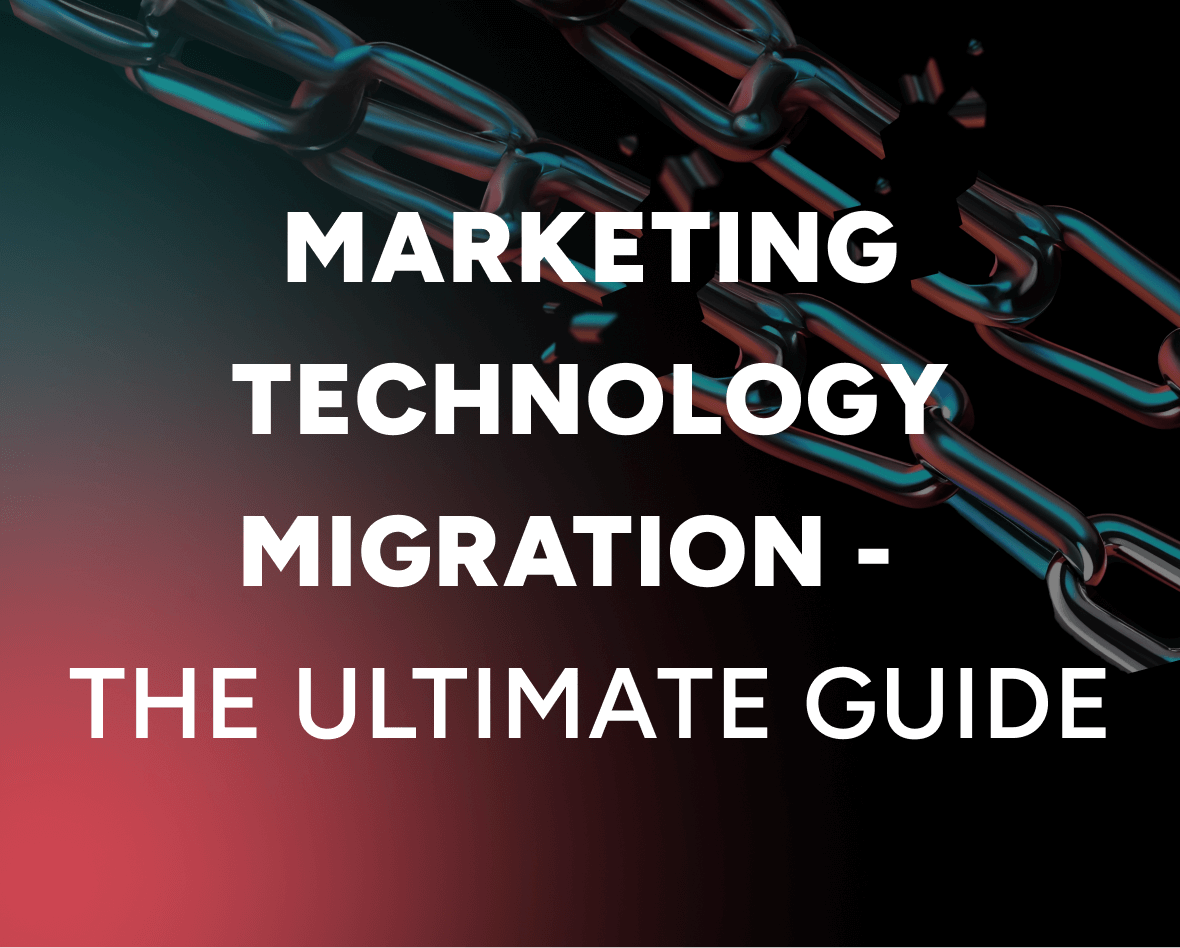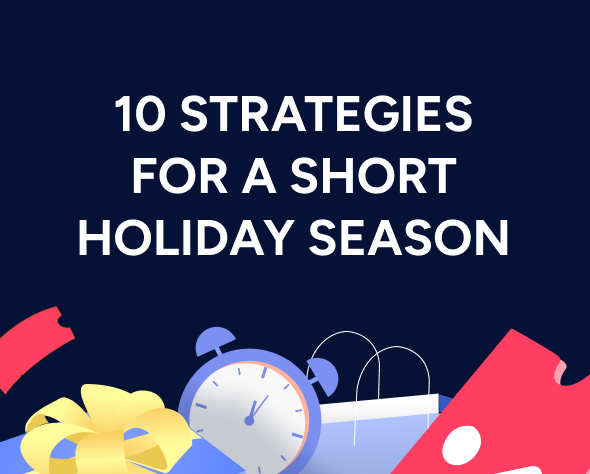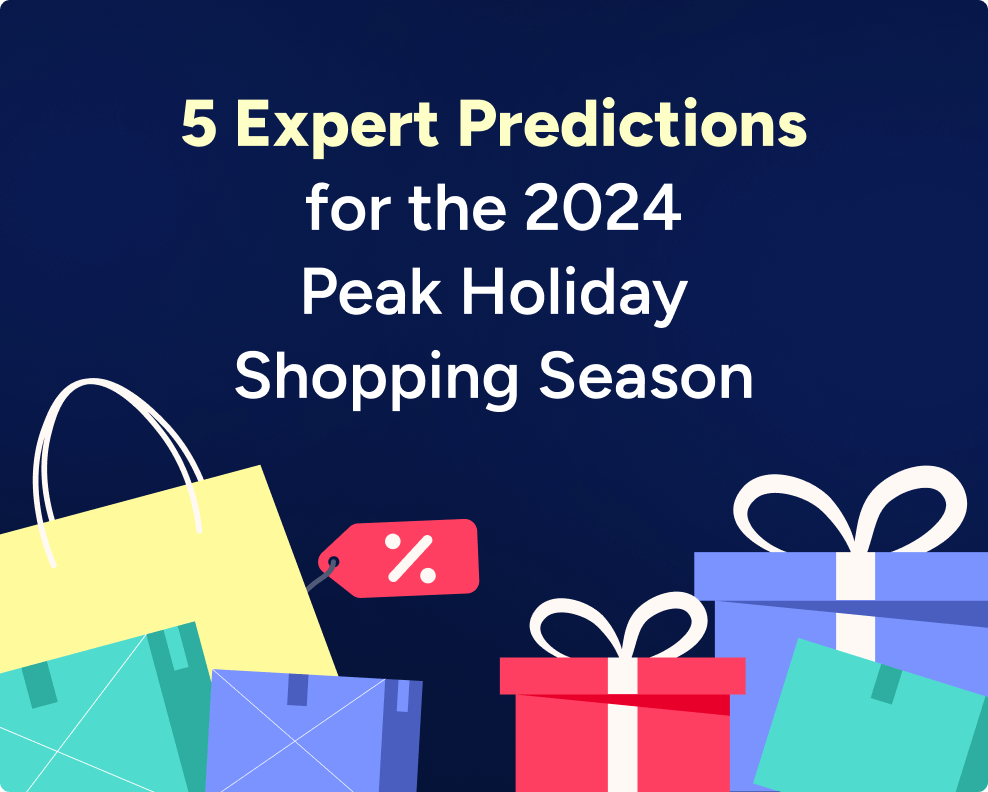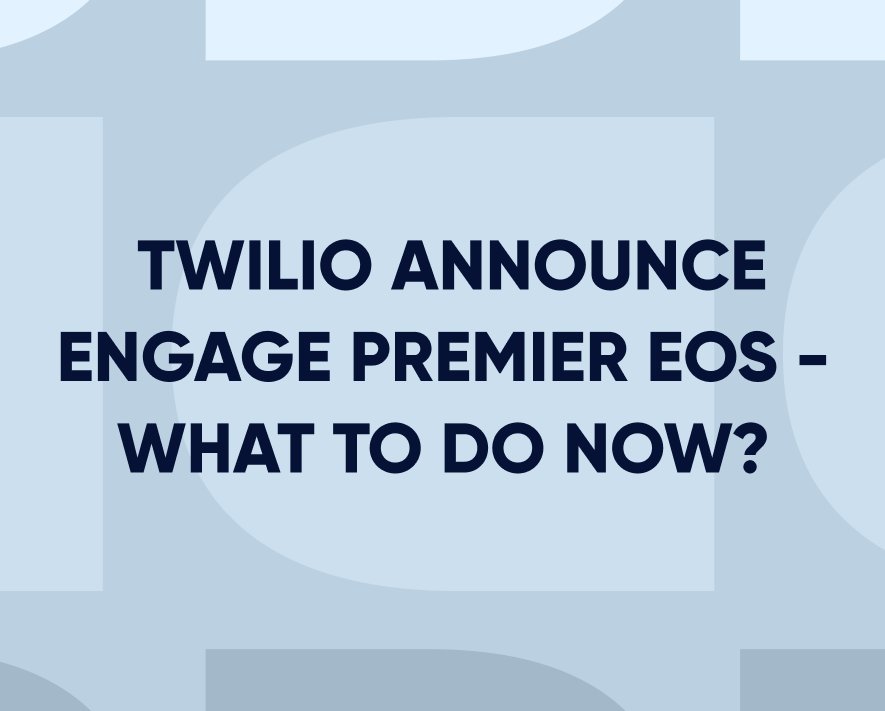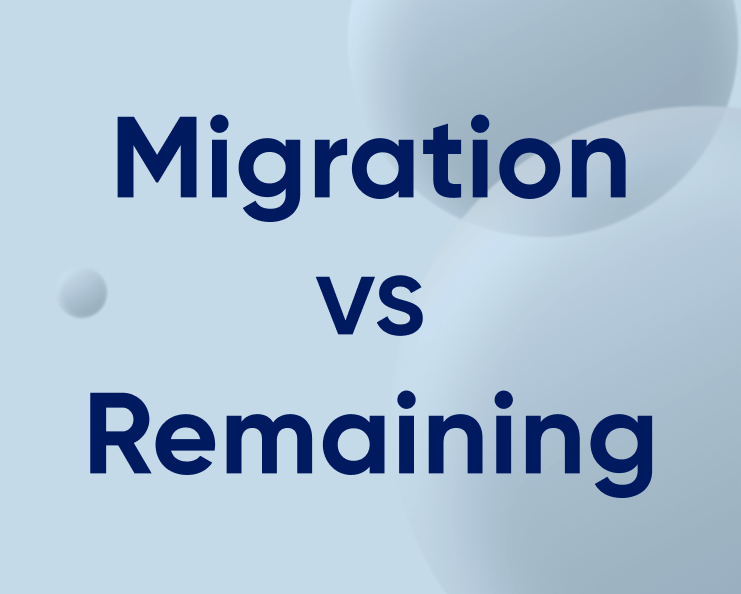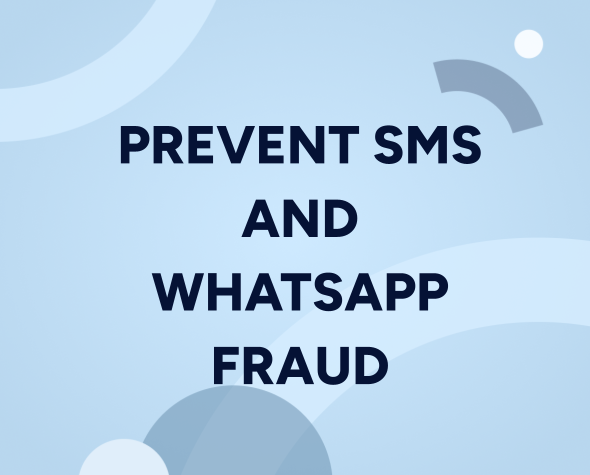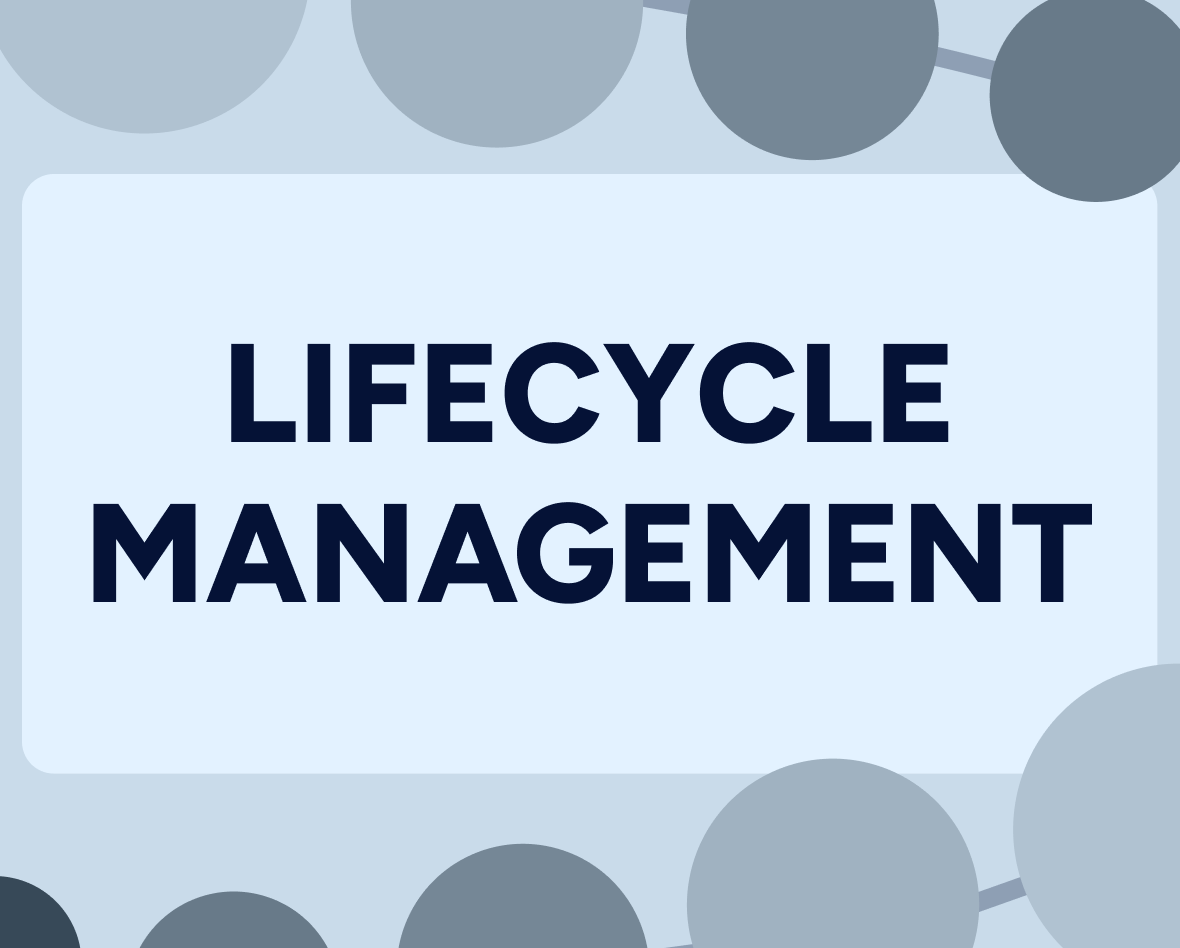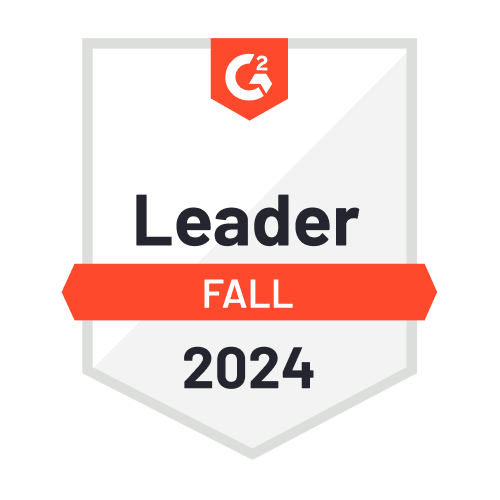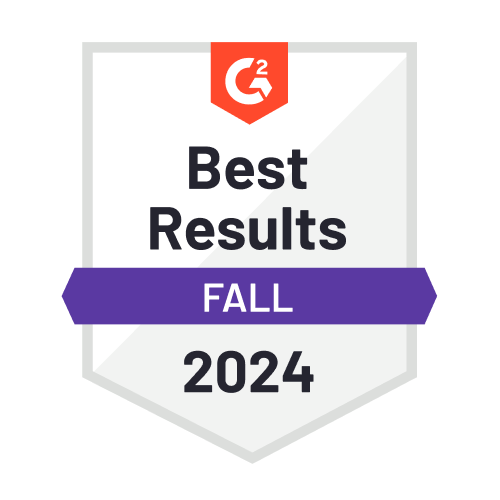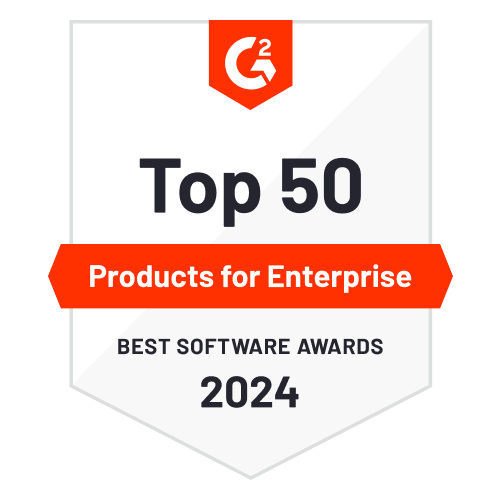Customer Data Platforms (CDPs): Is it the right time to invest?
Many marketers wonder if they need a CDP or if it’s the right time to invest. Especially now when data is becoming an indispensable marketing currency.
Some of you want to know how a customer data platform can help you achieve departmental goals. Others may just be doing an initial search to satisfy your curiosity.
Updated on Nov 4, 2021
Whatever your ultimate goal is, you’ll find out your answers in this blog. So learn about CDPs can do and if your company needs one. Dive into the most common use cases for CDP and learn how it can boost your existing tech stack.
As discussed in detail in our previous blog, CDPs can include most or all of these capabilities:
- Unified customer view, by collecting and organizing data about each of your customers
- Segmentation- grouping customers based on their past, real-time, and predictive data
- Analytics & insights for every part of your business, such as business intelligence (BI), customer experience, and product teams
- Advertising – using predictive segmentation to target those with a high likelihood to purchase to increase Return On Ad Spend (ROAS)
- Real-time personalization to deliver enriched and contextually relevant customer experiences
- Save costs by automating the collection and organization of data
Such features of a customer data platform is a natural progression from the earlier CRMs and DMPs. An upgrade, one might say, for the data management operation. In short, a 360-degree view of each customer that enables personalization in omnichannel customer experiences.
As a result, CDPs deliver many goals and departments in a business. But each organization needs to decide what their goals are before buying a CDP.
Goals of customer data platforms (CDPs)
Customer data platforms (CDPs) can aggregate, clean, and organize vast amounts of data from multiple touchpoints. Sure, it’s a great convenience, but before you invest in one, ask yourself this question. “What am I trying to achieve with customer data?”
In fact, marketers aren’t the only ones who can benefit from a customer data platforms (CDPs). IT, finance, customer success, and retail operations can all benefit from access to real-time data. Holistic views of customer data, makes it easier to make informed business decisions.
In most cases, CDPs are connected to other technologies like customer success tools, CRMs, email providers, and data warehouses. When integrated, they can boost a wide range of departmental goals.
So the goals that a CDP can serve varies.
What happens when you buy customer data platforms CDP?
The kinds of data you can collect and categorize with a CDP is massive. It can enhance the experiences of your customers and provide unparalleled visibility into their behavior.
- Understand Your Customers Better
A CDP allows you to gather data from all the touchpoints that your customers might interact with. These are not limited to emails, Google ads, social media ads, behaviors on your website, and in-store actions. Your customer data platform can transform all this data into easily accessible unique customer profiles.
When you click on a customer, you can see:
- Ads they clicked
- Emails they opened/clicked-through
- Kinds of products they buy/are interested in
- Whether or not they installed your app
But that’s just the tip of the iceberg. Customer data platforms (CDPs), give you much more insight into who your customers are and what matters to them.
Hyper-personalized experiences
Having personalized experiences is becoming the new normal for customers. And, delivering tailor-made experiences gets easier with the more data you have and the right tech stack. As CDPs can store detailed historical, behavioral, and transactional information, they allow you to create micro-segments. You can then use those to target very specific audiences at an individual level.
When you have data from all channels, you can enhance your customer experience. For instance, data from past sessions can be used to personalize emails, app notifications, and even promotions.
Optimize marketing strategies (improv CAC, retention, & LTV)
Customer acquisition costs (CAC) have been rising steadily, almost by 50% in the past 5 years. No marketer wants to spend there budget on bad results. The best strategy is to decrease customer acquisition costs, increase customer retention, and the lifetime value (LTV) of a customer.
A CDP gives enables you to target the right audience. It also helps you know which customers are willing to pay for an upgrade. Which ones follow your new collections and more, so you can increase engagement with easier.
For a byte-sized guideline on how to retain customers and increase LTV, check out our playbook on LTV.
How CDP works with the rest of your tech stack
Customer data platforms can complement some of the technologies you already use. In short, you can connect them with your CDP to enhance their results and give them better customer data.
Email Marketing and CDP
Already working with an ESP solution? Then adding a CDP in your tech stack makes this tool even stronger. An ESP, plus a CDP gives you customers’ transaction histories online and from offline stores too.
In addition, you can unify their journey across touchpoints and customize your emails with this data. This beats sending them emails just based on their past email behaviors.
Furthermore, CDPs provide real time data. Companies feed this data into their email marketing tools to create more effective and targeted campaigns.
Customer Service and CDP
Customers and brands interact on many channels. But when they wan support, you need more than the data from your website and app. In fact, a unified source of data gives you a complete snapshot of each individual customer. This 360 information is especially useful for live chat, Messenger conversations, and sales team outreach.
In addition, CDPs can consolidate offline and online data. This capability helps you identify the unique needs of your customers and deliver better experiences.
Advertising and CDP
Certainly there are a lot of ad channels out there. But knowing which ones deliver the lowest Cost Per Click (CPC) requires a powerful data platform in the background. Still, you can use customer data in from your CDP to boost your advertising outcomes. Facebook Pixel and Google AdWords are the most common ones that drive effective results with this strategy.
SMS & Push Notifications and CDP
Over the last few years, more brands are driving interactions with SMS, web, and app push technology. Connecting your aggregated and organized customer data with your SMS and push notification technology can make all the difference.
For example with a CDP-powered technology, you can reach out to pet owners who run out of dog food. Since you have a 360-degree view of their online and offline habits, you can target them with a replenishment reminder when they’re about to run out.
Without a CDP technology, you end up sending either too general, Or, untimely and irrelevant promotional messages that most customers will delete within seconds. Imagine sending the dog food buyer message right after they just six-month supply. In truth, they would not engage with the campaign and would likely be frustrated by the timing.
With customer experiences, it’s all about being relevant and timely.
Fail in those two areas, and you may not get a second chance. However, adding a CDP to your tech stack can save you from epic fails. More importantly, it will endear you to customers. Because you’re showing them that you value their interests and where they are in their journeys.
Customer data platforms (CDPs): final thoughts
Each business has different goals and reasons for collecting data. We hope gained more insight into CDP use cases and the benefits of adding one to your tech stack. But before you implement a CDP, remember to have a clear vision of your goals you want to achieve. Look at the other tools in your tech stack and see which ones you’d want to strengthen with a CDP.

